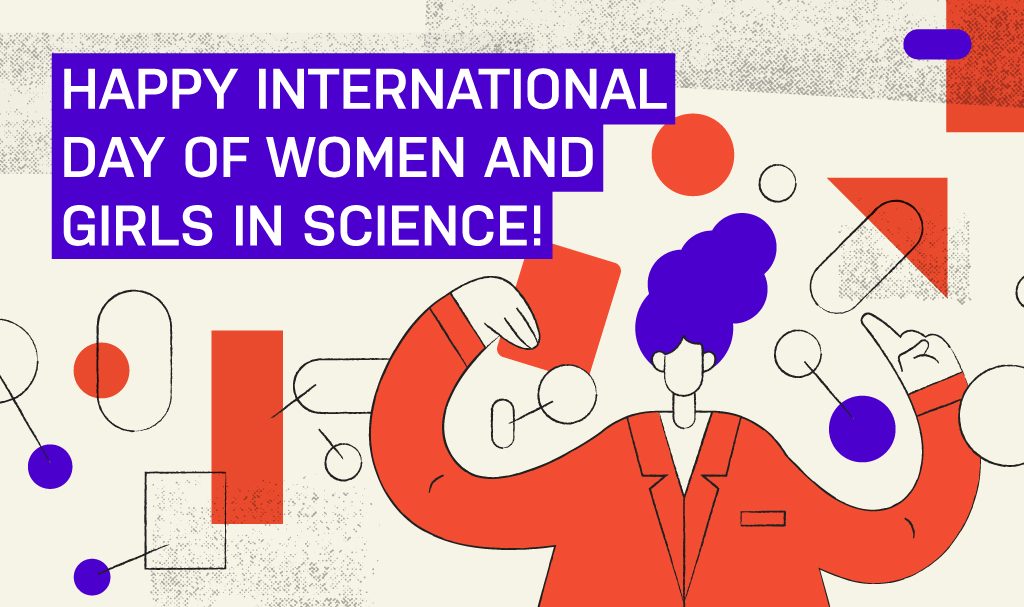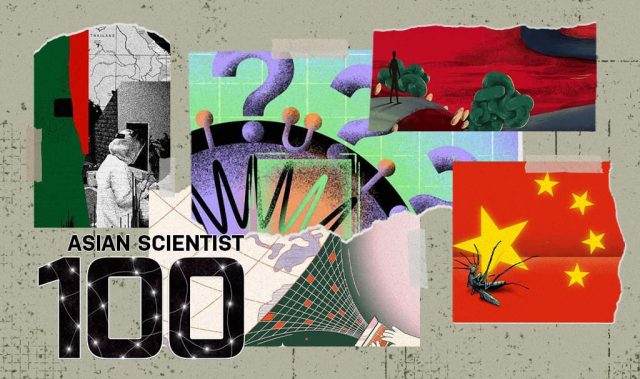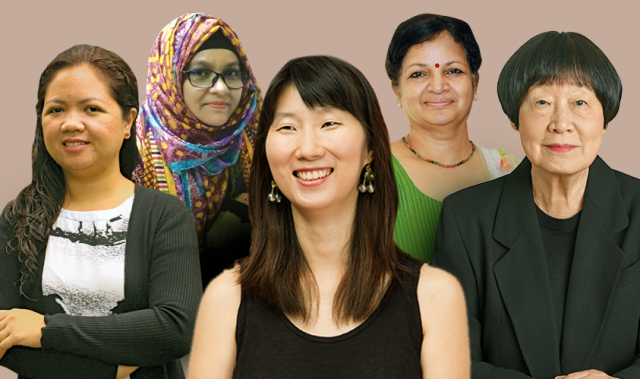
AsianScientist (Feb. 11, 2021) – Although parents highly rate careers in science and technology for their children, regardless of the gender of the child, they also perceive a gender bias in the working world and would like governments, the media and companies to encourage more women to take up science and technology careers. These are findings from a YouGov survey commissioned by Asian Scientist Magazine in commemoration of the International Day of Women and Girls in Science.
Every year on February 11, the International Day of Women and Girls in Science is celebrated across the world. In Singapore, however, women only make up 30 percent of all researchers and engineers.
To examine how science, technology, engineering and mathematics (STEM) careers are perceived by parents of children under 18, Asian Scientist Magazine, in collaboration with international market research firm YouGov, surveyed 1,064 respondents based in Singapore. The resulting figures have been weighted to be representative of all adults aged 18 and over in the Republic.
For Singapore-based parents with children under the age of 18, science and technology is the most popular career choice for their offspring—with 36 percent and 28 percent of the respondents envisoning their male and female children in science and technology careers. Similarly, majority of parents believe that science and technology subjects ranging from physics (71 percent) to biology (83 percent) are equally suited to both girls and boys.
However, a closer look at the various fields of study revealed notable gender-based differences, specifically:
- 30 percent of respondents think that design and technology was more suitable for boys compared to 3 percent for girls
- 21 percent of respondents consider advanced mathematics is more suitable for boys vs 2 percent for girls
- 14 percent of respondents think that chemistry is more suitable for boys vs 5 percent for girls
- In contrast, 27 percent of respondents think that literature is more suitable for girls compared to 2 percent for boys
- 21 percent of respondents think that art is more suitable for girls compared to 1 percent for boys
- 19 percent of respondents think that accounting is more suitable for girls compared to 5 percent for boys
By the time these children leave school and enter the workforce, these gender-based assumptions are even more pronounced—with nearly four in five (79 percent) respondents agreeing that gender biases exist in the working world.
To inspire and engage more women and girls to pursue STEM careers, respondents widely agreed that dedicated initiatives like increased media visibility (64 percent) and career talks (55 percent) should be in place. Respondents also agreed that bursaries and scholarship schemes from the government (56 percent), technology and scientific companies (55 percent) and universities (55 percent) were another way to promote S&T careers to women and girls.
“Little girls are rightly told that they can be anything they want to when they grow up, and equal numbers of girls and boys take science subjects in primary school. However, the number of girls in STEM tends to decline as they progress through the education system, reaching the point where only 30 percent of researchers are women,” said Dr. Rebecca Tan, editor in chief of Asian Scientist Magazine. “The good news is that parents want their daughters to pursue STEM careers and are actively looking for female role models in the media.”
—–
About Asian Scientist Magazine
Asian Scientist Magazine is an award-winning science and technology magazine that highlights research and development news stories from Asia to a global audience. Based in Singapore, the online and print magazine is maintained by a team of professional science and medical journalists, with active contributors from industry and academia.
Asian Scientist Magazine is published by Wildtype Media Group Pte Ltd, a digital-focused STEM media business with a strong following on social media platforms such as Facebook and Twitter. Wildtype Media Group also publishes books and Supercomputing Asia, a print magazine focusing on the high performance computing sector.
Read more from Asian Scientist Magazine at: https://www.asianscientist.com/about/
About YouGov
YouGov is an international research data and analytics group headquartered in London. Our data-led offering supports and improves a wide spectrum of marketing activities for our customer base that includes media owners, brands and media agencies. We work with some of the world’s most recognised brands.
Our line of products and services include YouGov BrandIndex, YouGov Profiles, YouGov RealTime, YouGov Custom Research, YouGov Crunch and YouGov Direct.
With over 11 million registered panellists in more than 55 countries, YouGov’s market research covers the UK, the Americas, Mainland Europe, the Middle East, and Asia-Pacific. Our panellists come from all ages, socio-economic groups, and other demographic types – allowing us to create representative samples of whole populations and different sections of society.
For more information, visit yougov.com/business
Media contact:
Kamila Navarro
[email protected]
+65 8717 3800
Kim Ho
[email protected]
+60 17 275 1432
—–
Copyright: Asian Scientist Magazine; Photo illustration: Shelly Liew/Asian Scientist Magazine.
Disclaimer: This article does not necessarily reflect the views of AsianScientist or its staff.












